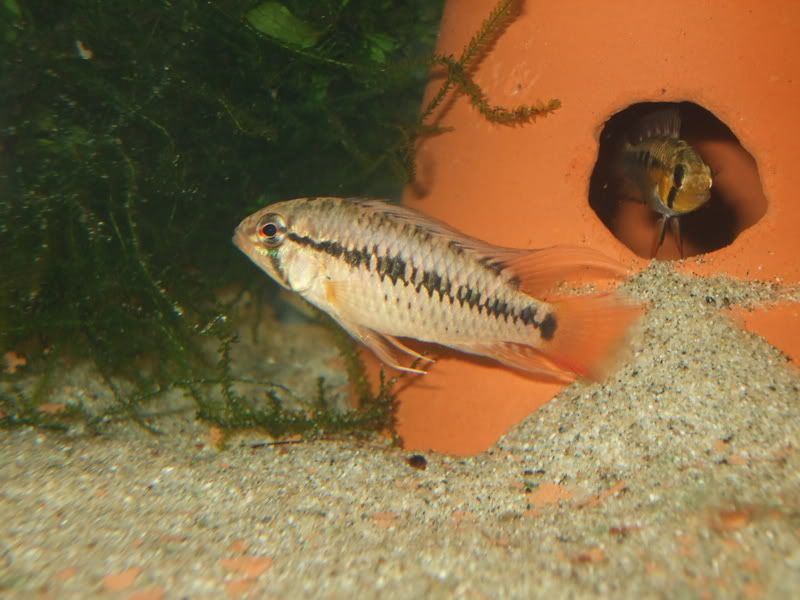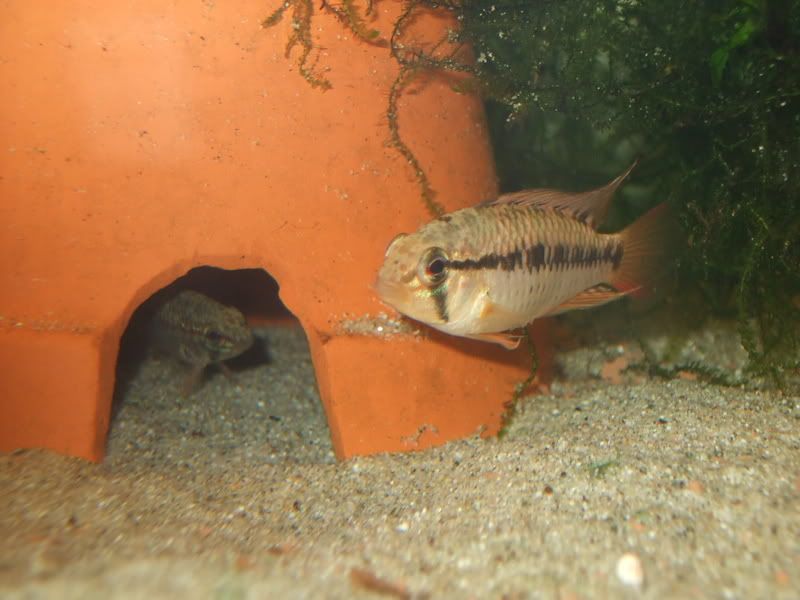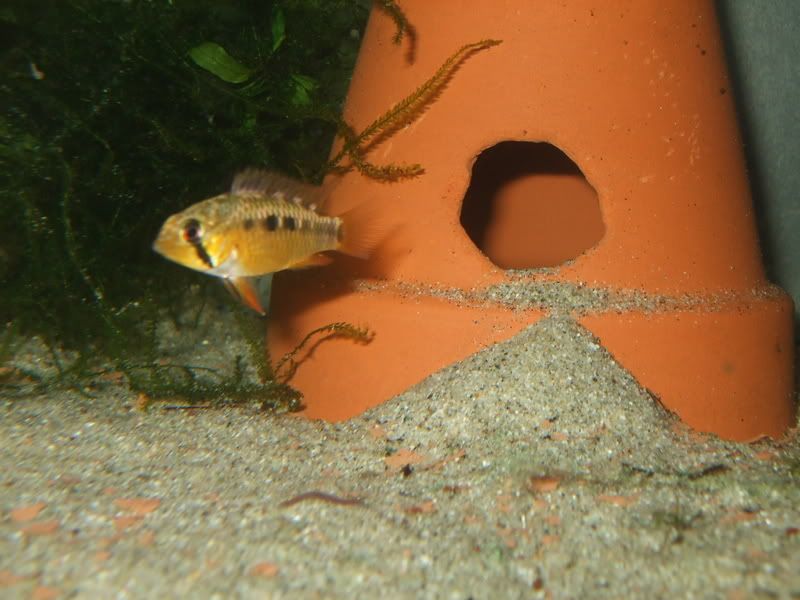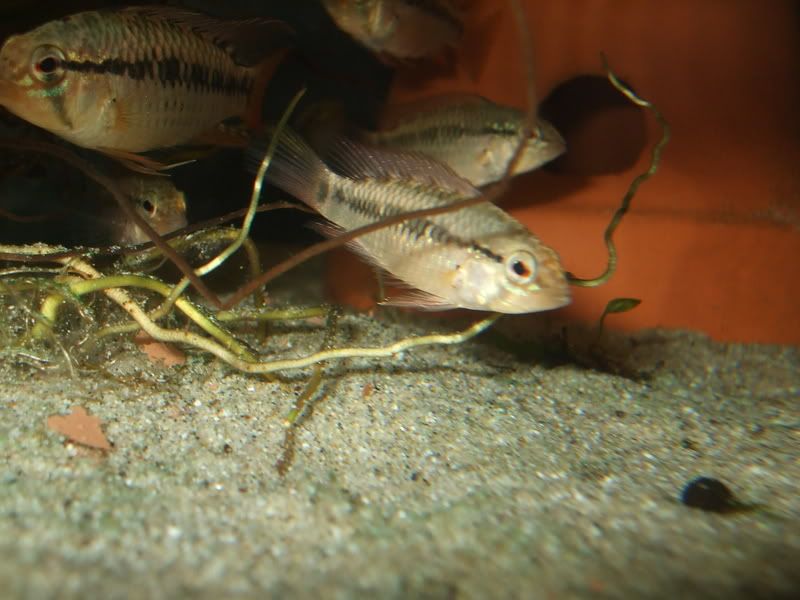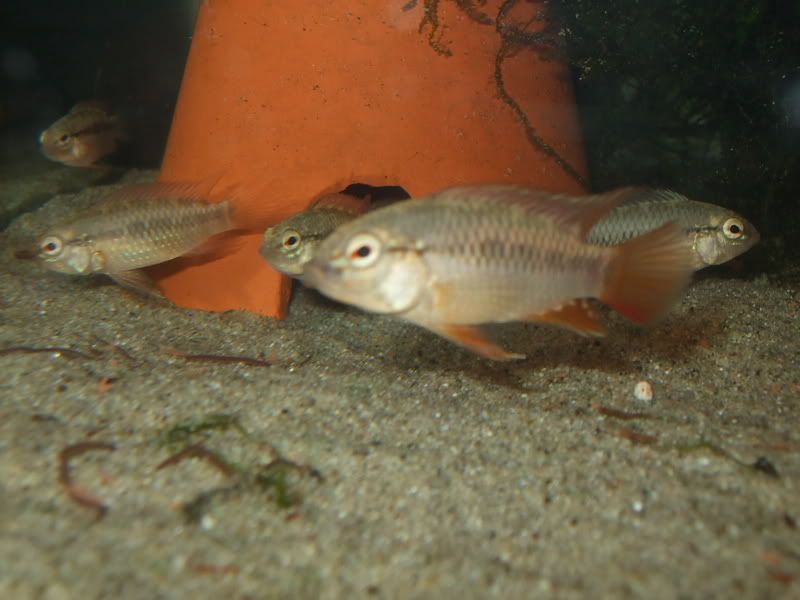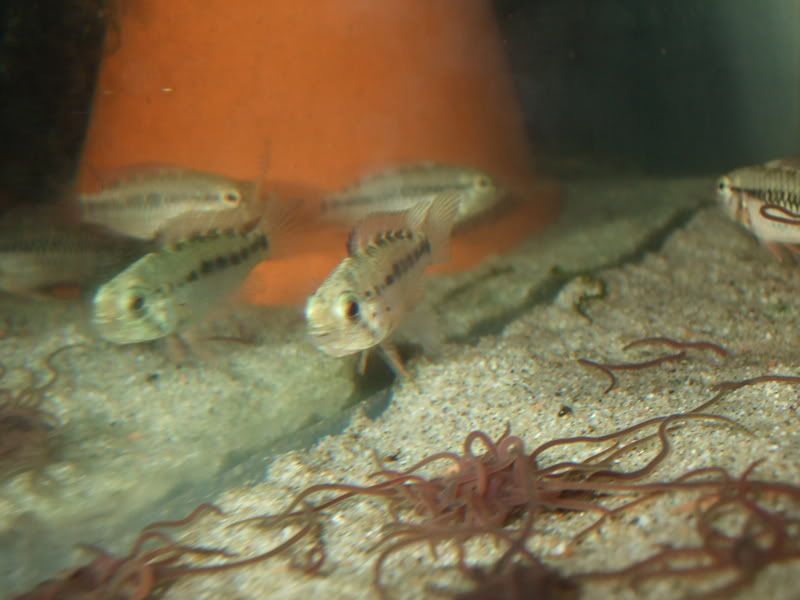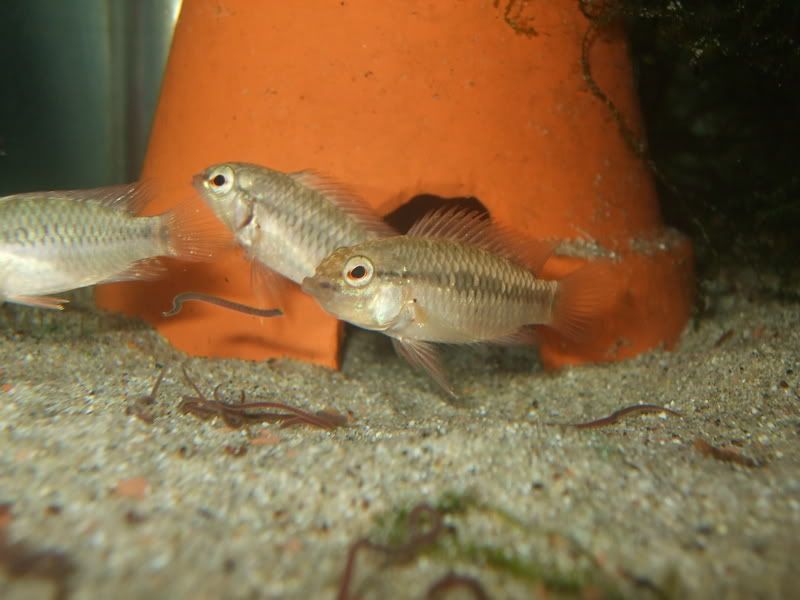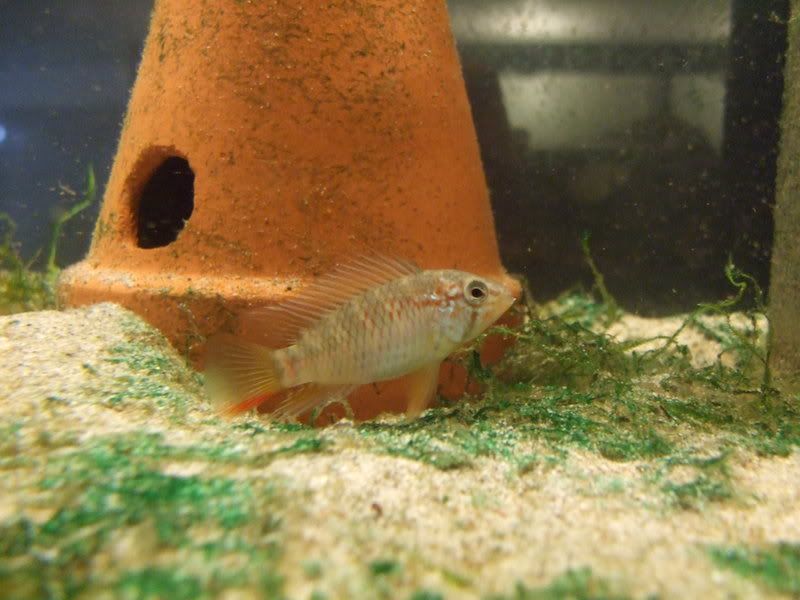- Messages
- 152
- Location
- Cambridge On Canada
How common is there A. sp. rotpunkt and A. alacrina mixed in with A.macmasteri ?
Or could there be another species in with them other than these ?
Just asking as some of the 30 fish I have ( wild ) don't quite look
like mac's , there coloration is off a bit ,body shape is of a mac ,
fish are still young will try to post pics but its hard with so many
to get the ones I want to stay still .
Or could there be another species in with them other than these ?
Just asking as some of the 30 fish I have ( wild ) don't quite look
like mac's , there coloration is off a bit ,body shape is of a mac ,
fish are still young will try to post pics but its hard with so many
to get the ones I want to stay still .
